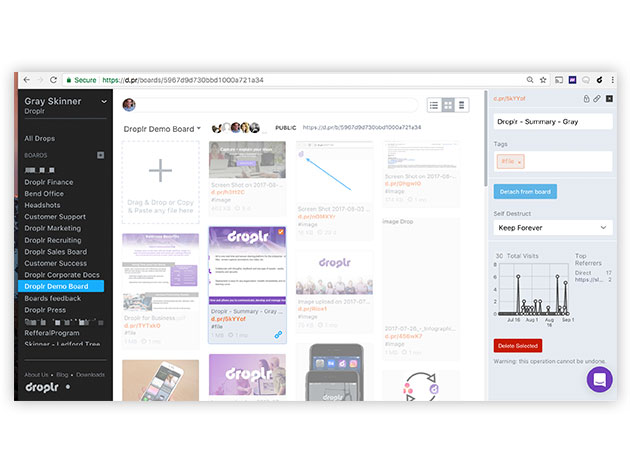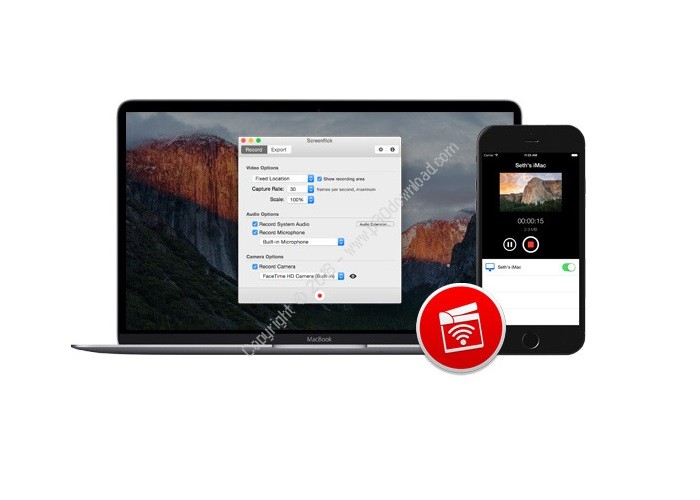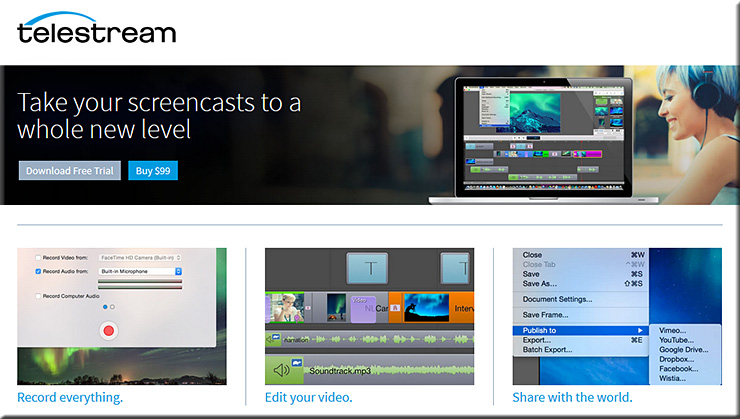

If you can muster it, you can offer participants coffee/tea and a snack, a gift card, or a discount code from the company in return for their participation. That should get you enough material for the first iteration. It’s best to have a minimum of 3-5 tests (remote or in-person). I know you frequently travel by bus, and I’d like to see how you would use it.” It’s a public transportation journey planning app. “Hey Walt! I know you’re really busy, but I’m hoping you could spare me half an hour and help me out with a project I’m working on. Participating in user testing isn’t familiar to most people. Sometimes it can be difficult to explain what you’re looking for when recruiting potential users. If you’re working with an external client on a bigger project, I recommend using services such as, ,, or. You need unbiased feedback-good or bad-to really get value out of the test. It’s important to find unbiased participants who will not just want to be “nice to you,” i.e., like everything they see. Other members of the team can do the same. You could also ask for a referral to their contacts. Reach out to the sales team or the stakeholders and get some customer contacts.įor a small personal project or an in-house company project, try reaching out to your friends on Facebook who fall into the target audience. If you’re working on a project with existing customers, recruiting should be easy. If people accomplish 38 tasks, I have a success rate of 85%. If fifteen people test three features, that makes for 45 (15x3) tasks. Working with this spreadsheet, I can evaluate the success of my prototype. Column 5: if a participant is struggling with using a given feature, I take note of it and I write down the reason for the confusion.Columns 2-4: three features of the app to be tested,.Column 1: The names of the participants,.Before the session begins, I create a spreadsheet with five columns: Let’s say that fifteen people agreed to join the testing. Are users able to plan their journey effectively and quickly?.Writing up the test plan, I go through the prototype and jot down some questions. During the testing session, I’ll go into specifics and try to find out from my users if certain features and functionalities are user friendly-i.e., “apparent” (obvious to the user) and easy to use.

I have a group of target users in mind who usually travel everywhere by bus. I designed three main features of the app: journey planning, ticket ordering, and seat reservations. Let’s say I’m testing a mobile app for a public transportation route planner.
Screenflick user guide software#
There are multiple ways to create prototypes, and there are many tools, including offline software and online apps.ĭifferent fidelities and approaches are appropriate for different situations. To go through the proper user testing process you need to do the following:Ī prototype is an early model of a product-usually with limited functionality-built to test a design concept a thing to be replicated or learned from. The final cost of deploying untested applications is enormous. Wrong design decisions become very apparent on a finished product-unnecessary mistakes that need to be fixed at a huge cost. Sadly, many companies invest huge amounts of money into untested hypotheses and applications. It’s decidedly better to make mistakes on a quick prototype than on the finished product. It’s always been worth it, and I’m always surprised by the things I got wrong. That first testing experience had such an impact on me as a designer, I now test every single design. The results were impressive-even a novice user was able to use a fairly complex application. The next day, I replaced my polished prototype with quick interactive wireframes that represented a new and improved design concept based on insights I gained from the previous day’s user testing. At the end of it all, I was forced to accept the fact that perhaps I wasn’t as good a designer as I thought I was. That day, I went through five testing sessions.

The first person I tested became confused after the second step-and in one stroke, my illusions were destroyed. Like so many other designers, I had become infatuated with my own creation. I wanted to make it perfect and I was naively, unabashedly sure it would work. For two months, I worked hard fine-tuning a prototype for a web application. I’ll never forget my first user testing experience. There’s an old adage in the UX community: “You are not the user.”

We’ll go through the reasons for usability testing and the six basic and essential steps to successfully conduct a test. Unfortunately, not enough design/product teams do it. User testing is like watching over someone’s shoulder while they interact with your app or site, except that you get to ask questions along the way and nudge them in the direction you want to explore.


 0 kommentar(er)
0 kommentar(er)
